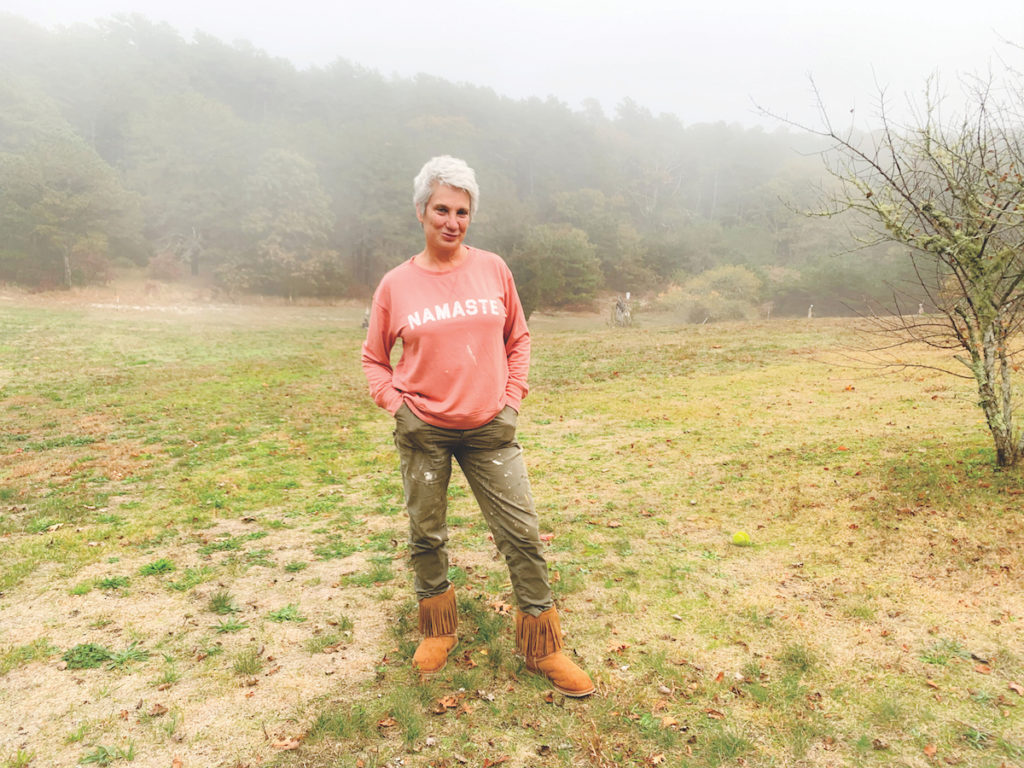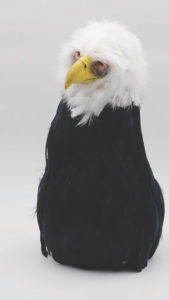TRURO — Turn toward the ocean at the sign for Edgewood Farm on Route 6 and follow the road up a short hill. There you’ll find a striking shingled barn, a white clapboard farmhouse, and a cottage, seemingly lost in time.
All three buildings, including the cottage, which was originally a chicken coop, are listed in the state Historical Commission’s inventory of historic locations. Built around 1898, they were owned by Manuel Corey, a farmer who also served as Truro’s town clerk and auditor and as a library trustee. Edgewood Farm, as he named it back then, included an orchard and vegetable gardens and produced poultry and milk.
Today, the place belongs to the Truro Center for the Arts at Castle Hill and hosts artists participating in Castle Hill’s workshops.
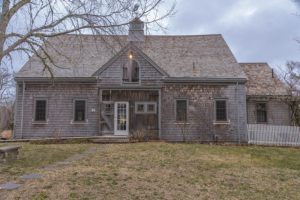
The farm’s story took some odd twists on its way to becoming a retreat for artists. In 1930, Corey sold the property to Sheldon Dick, the 24-year-old son of Chicago industrialist A.B. Dick, who coined the word “mimeograph.” Sheldon was evidently not interested in farming, but he renovated the barn — with a speakeasy theme. His getaway didn’t save him from coming to a violent and untimely end in his Connecticut home.
Emily Conant Hoeffel bought the place from Dick’s estate in 1951. Her husband, Gerald, a pediatrician, had his office there.
In 1965, Eleanor Meldahl and her sister Virginia bought the place. Eleanor, an artist, was one of the founders of Castle Hill. She lived here until her death in 2012. Several of Eleanor’s paintings still hang in the main house, along with works by other local artists.
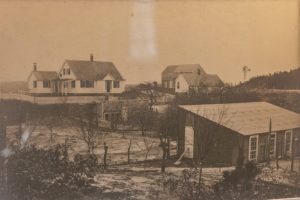
The arts center purchased the buildings with 7.5 acres of the farm from the Meldahl family in early 2017 for $1.2 million. An abutting four acres, which was undeveloped, was purchased by the Truro Conservation Trust and offers a network of walking trails.
“We’re pretty much putting the place back to what it was,” said Castle Hill’s Executive Director Cherie Mittenthal on a walk around the property. “The goal is to preserve everything preservable.”
The buildings now owned by the arts center include the main house, renovated barn, and cottage, which include a total of nine bedrooms and communal cooking and sitting areas for resident artists.
The renovation work to date has cost a little under $1 million, Mittenthal said.

The work on the older buildings has been top to bottom: New cedar-shake roofs have been put on the main buildings, the massive chimney caps redone, and a new furnace installed to heat the main house and guest cottage. The heating system in the barn has also been updated.
New windows, which had to pass muster with the Truro Historical Commission, were installed in all the buildings. And several new bathrooms went in, with marble floors to reflect the historical period of the buildings. The wood floors were all refinished and the walls painted. Even the hardwood gutters and downspouts were oiled and rehung.
There’s more work ahead, Mittenthal said. Another building houses a print shop but will eventually be used by sculptors. Painting studios will be upstairs.
At the same time, Castle Hill is adding new elements to the compound. Near the painting and sculpture building, a new print shop is currently under construction. Also underway are a large, open dance stage, and a wood-fired kiln.
Solar panels have been installed on one building and will be put on the new print shop as well. The goal is to provide enough electricity for the whole complex.
Beyond the main house, down a small hill, is a horse barn Castle Hill moved from a dune on Ballston Beach a couple of years ago to save it from falling to erosion. The center installed footings, shingled the building, and put in an electric line. Instead of sheltering horses, it will house an art studio.
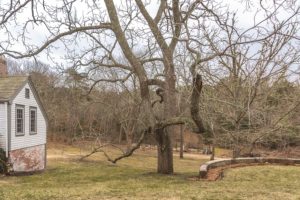
Malcolm Meldahl, one of Eleanor’s sons, recalled the years his mother presided over Edgewood Farm as a creative retreat in her own style. He said he thinks she would have liked to see the family grow into it and stay put — he now lives in Deep River, Conn. But in the end, he said, she would be pleased to see its current use.
Over the years, Meldahl said, he lived in every one of the buildings on the property. He built a yurt there, where he would spend the summers. “Then I passed it along,” he said, “from budding artist to budding artist,” who mowed the lawn and maintained the flower gardens in return.
“Many area artists lived in that yurt,” Meldahl said. That’s another thing Mittenthal hopes to refurbish. One day soon, Castle Hill will have a yurt of its own, suitable for a new generation of budding artists.
